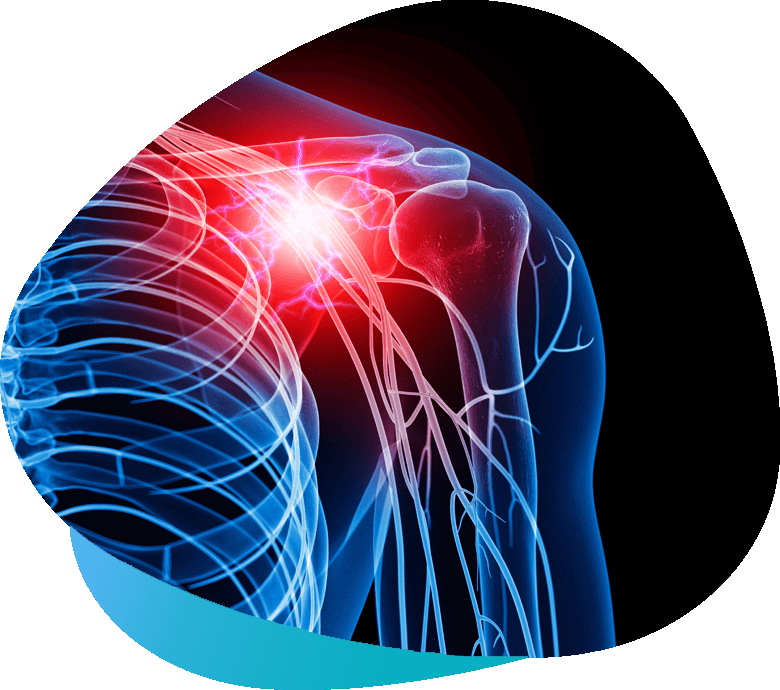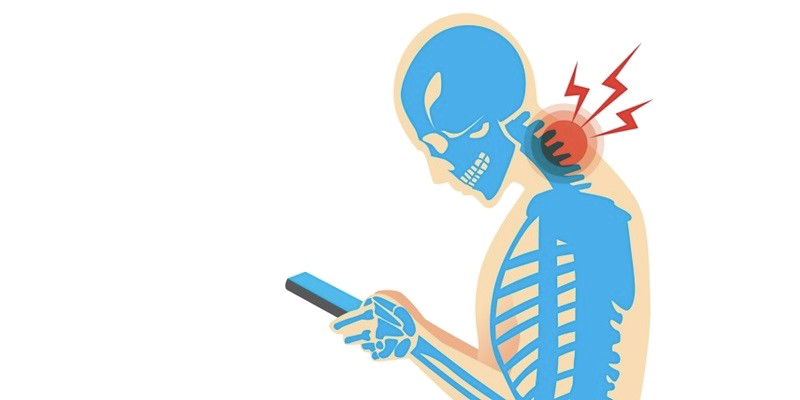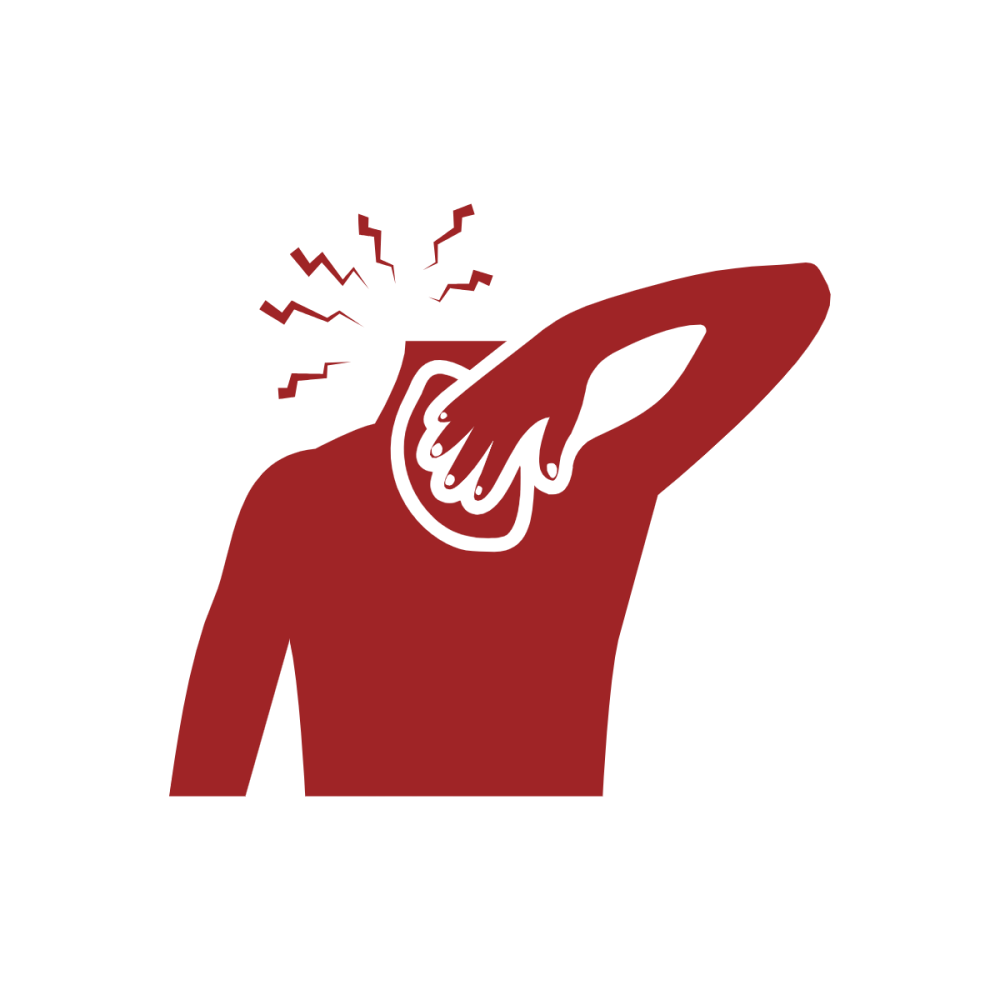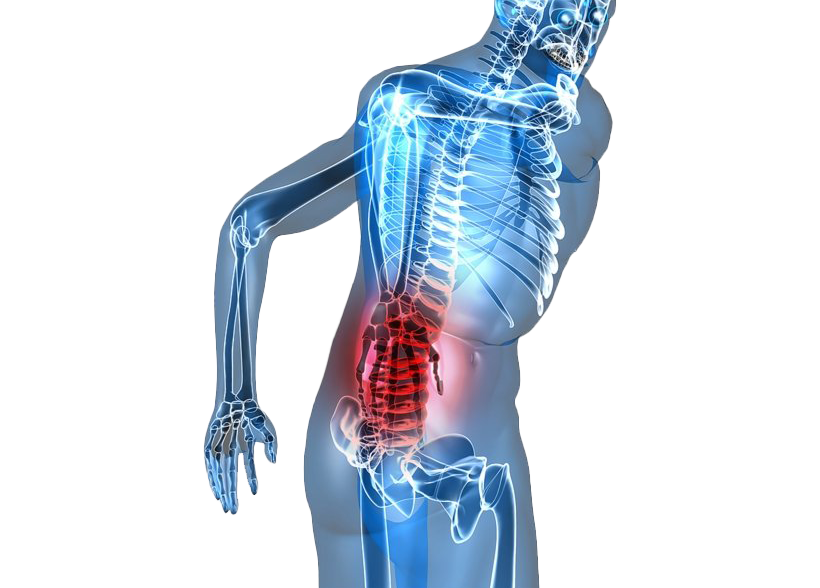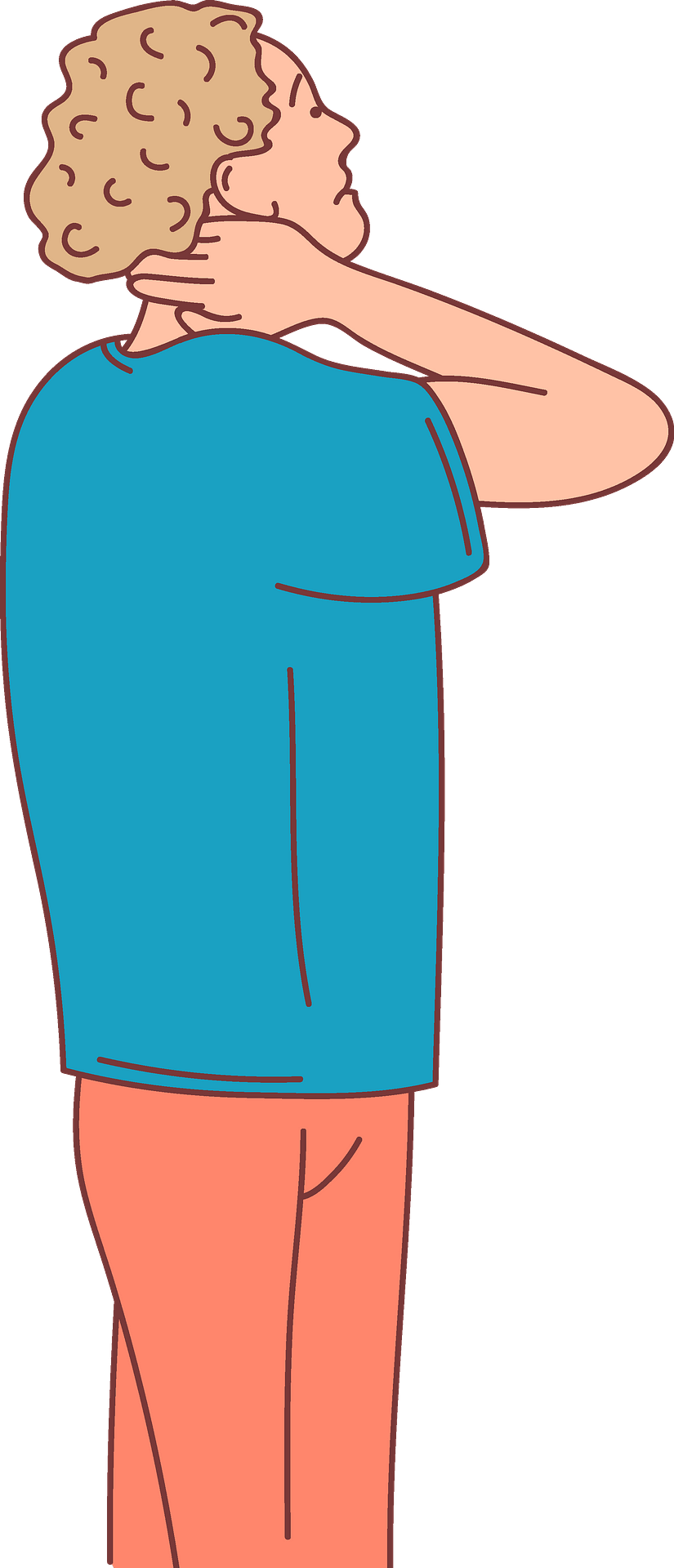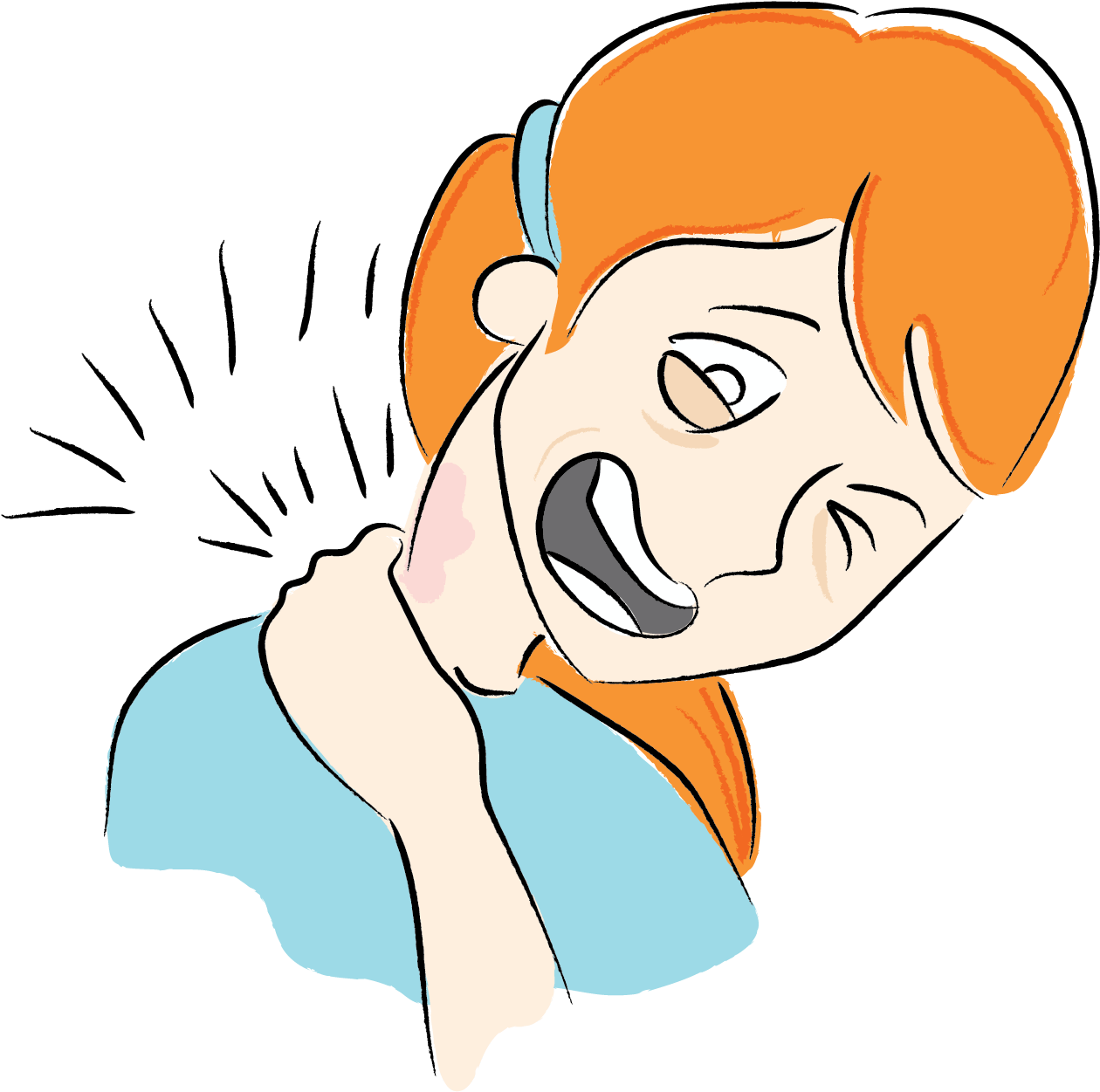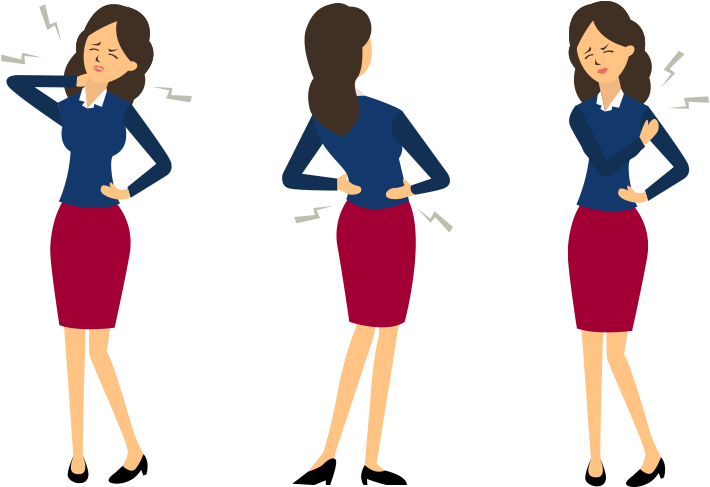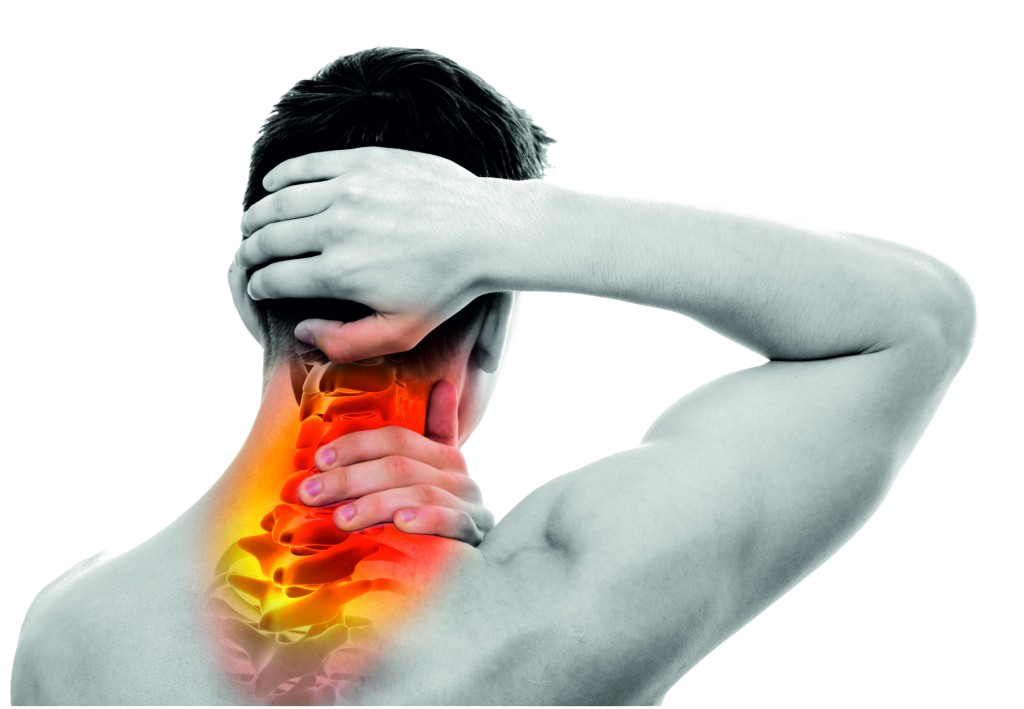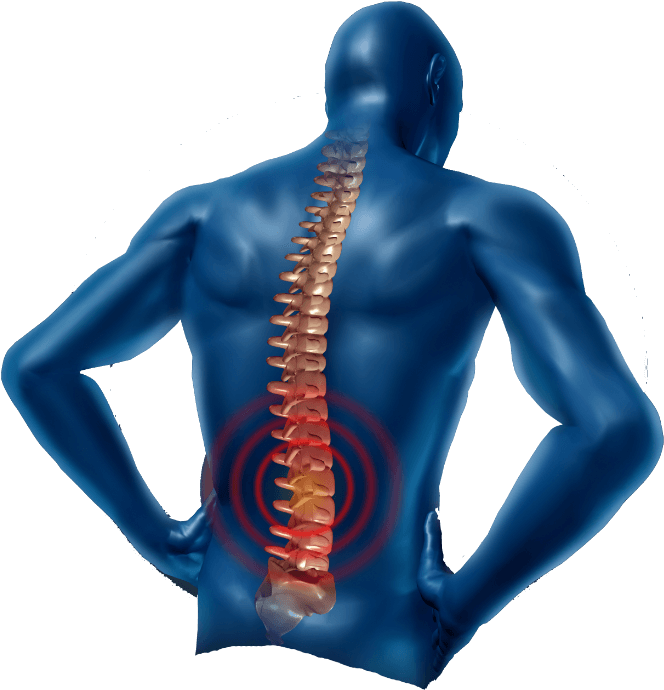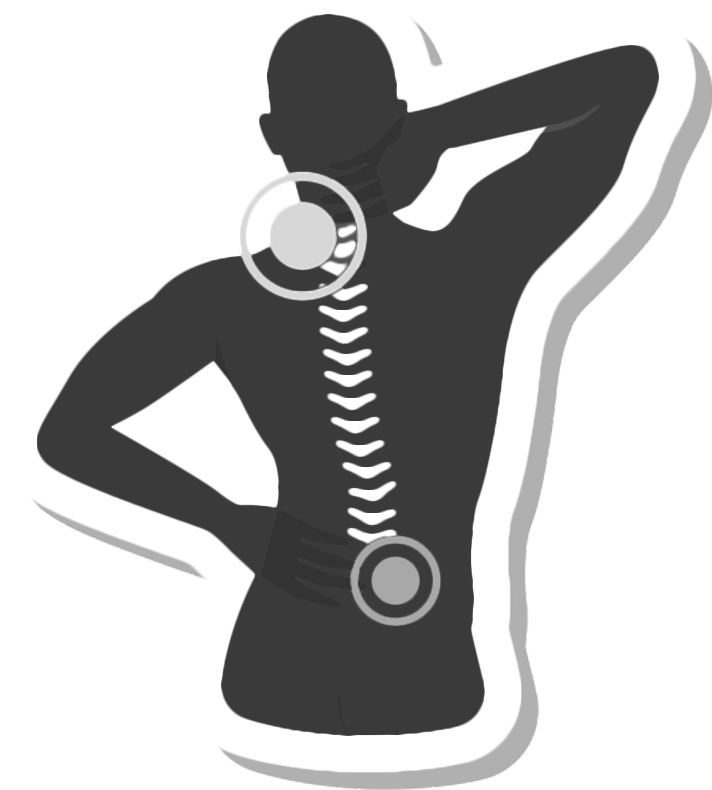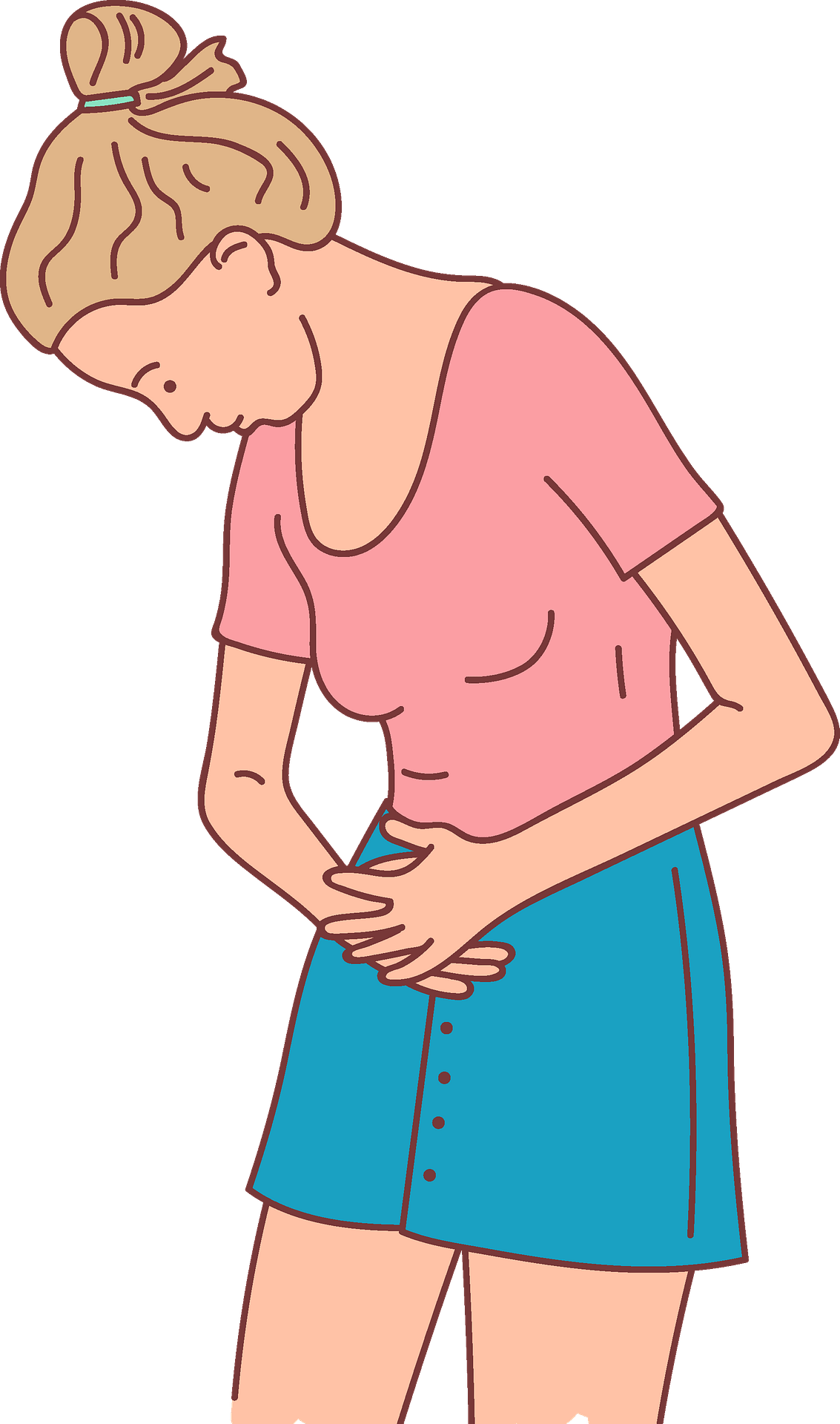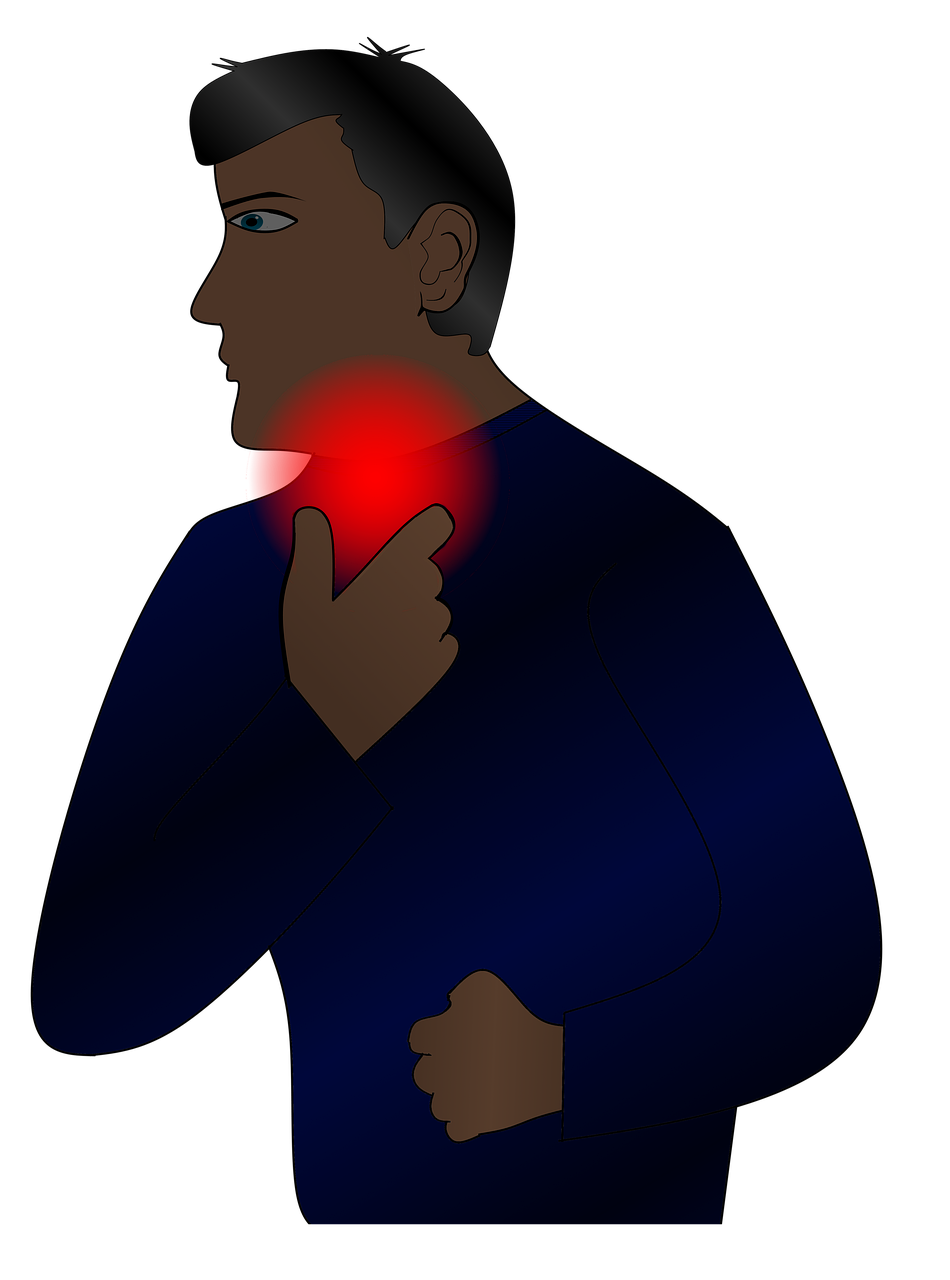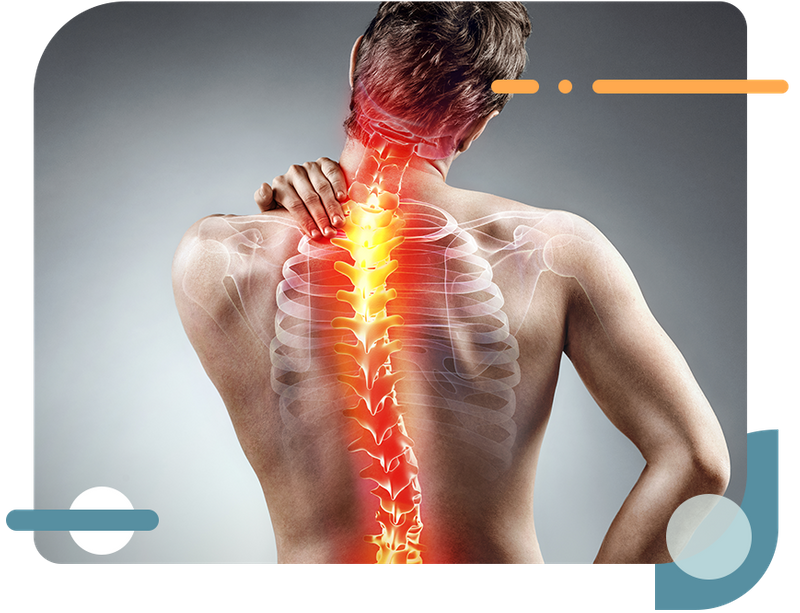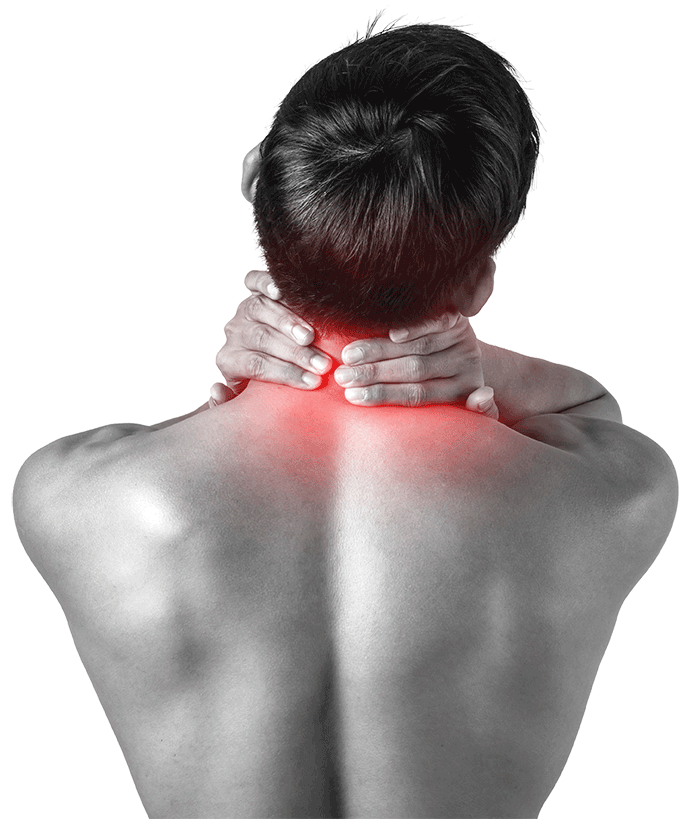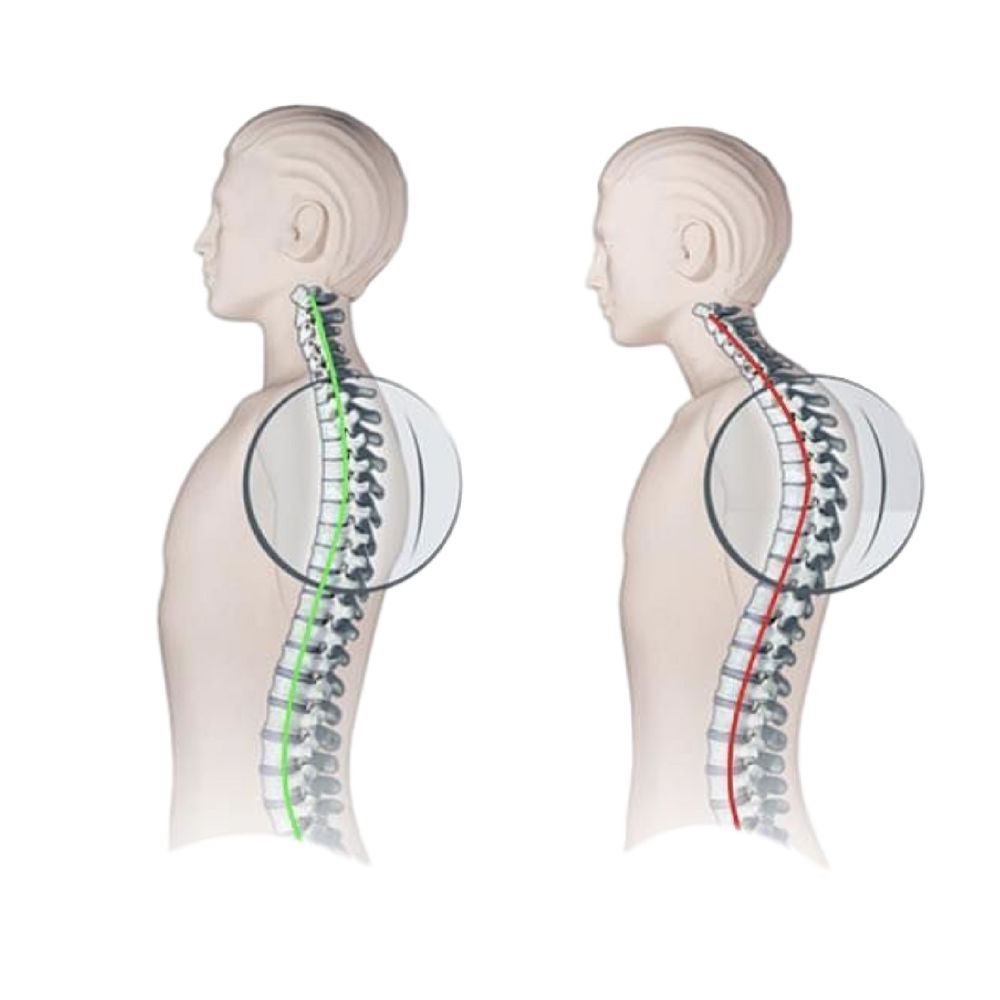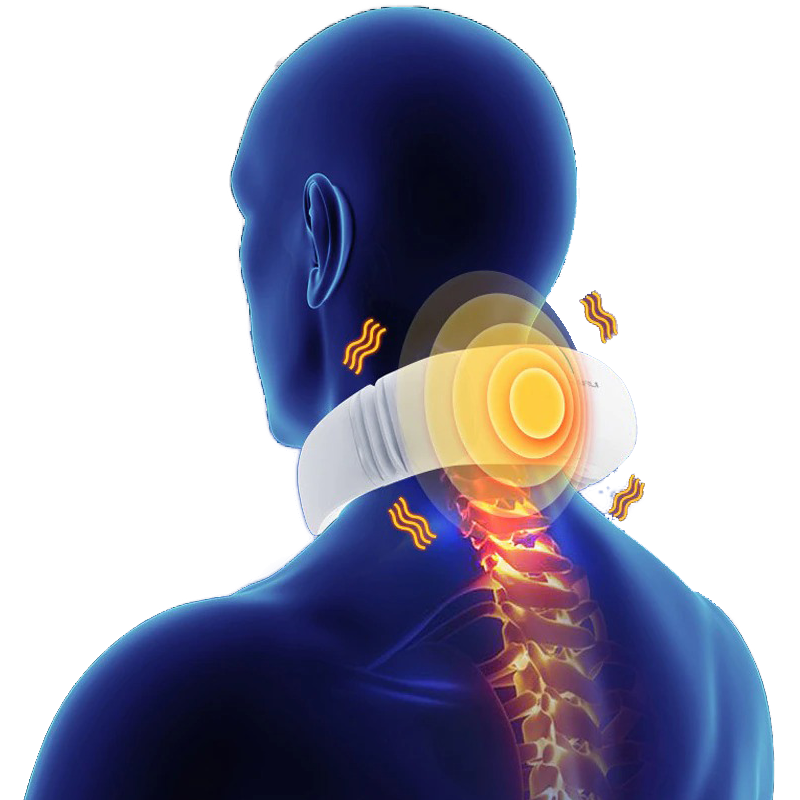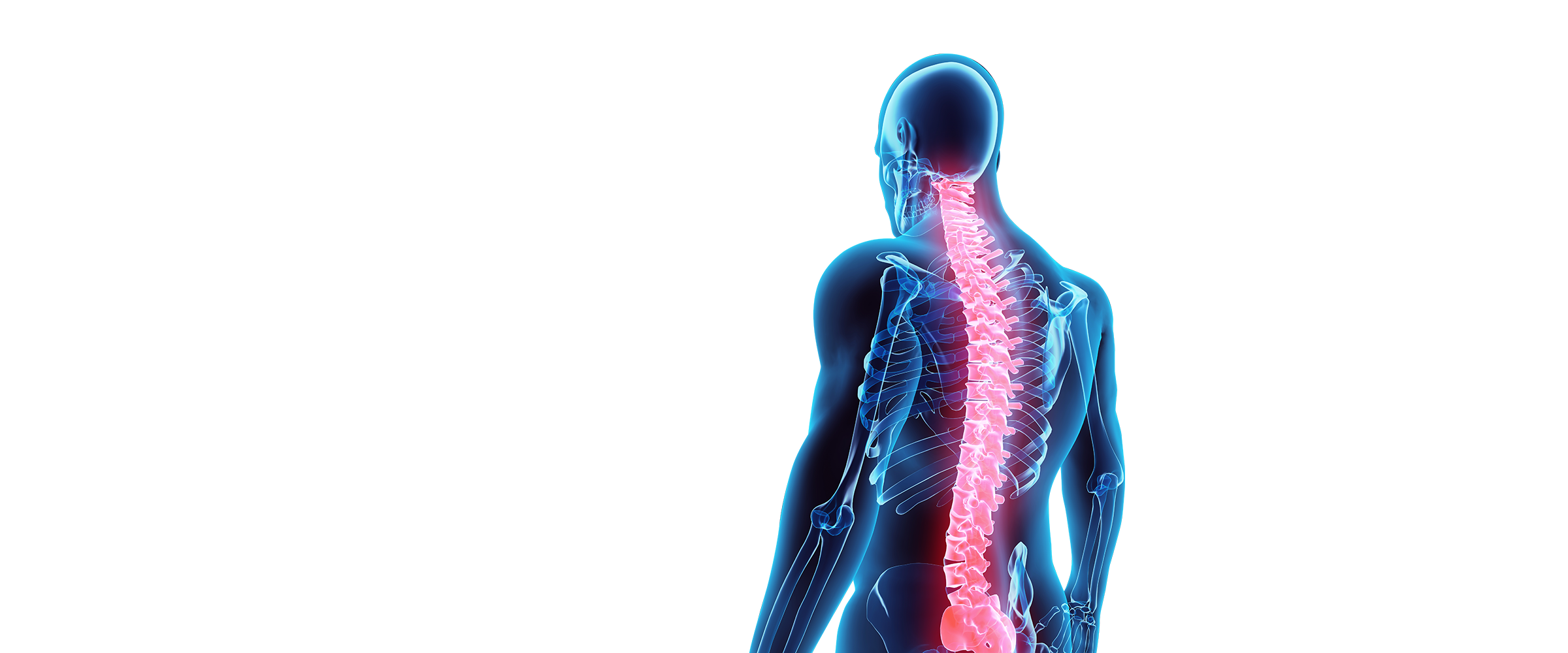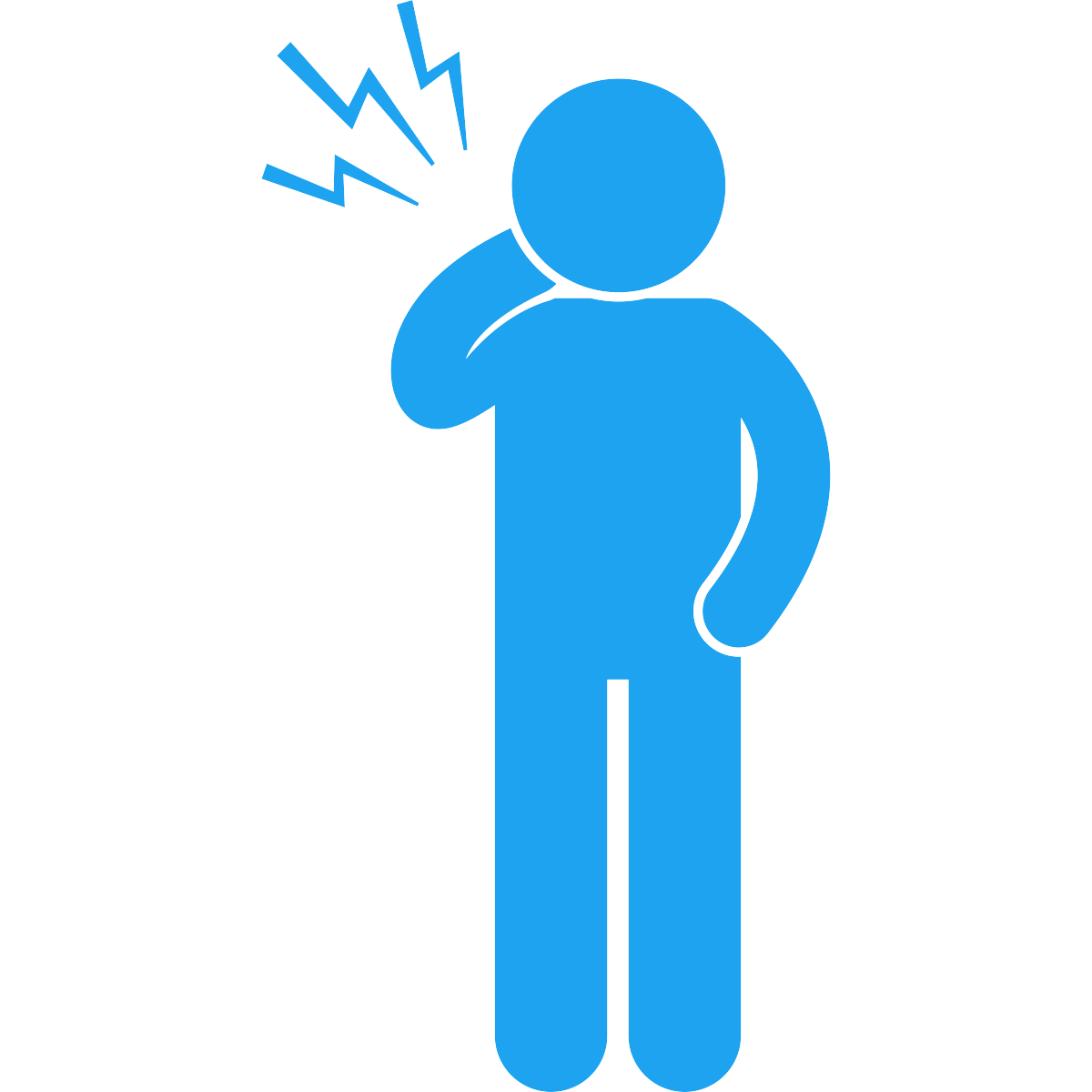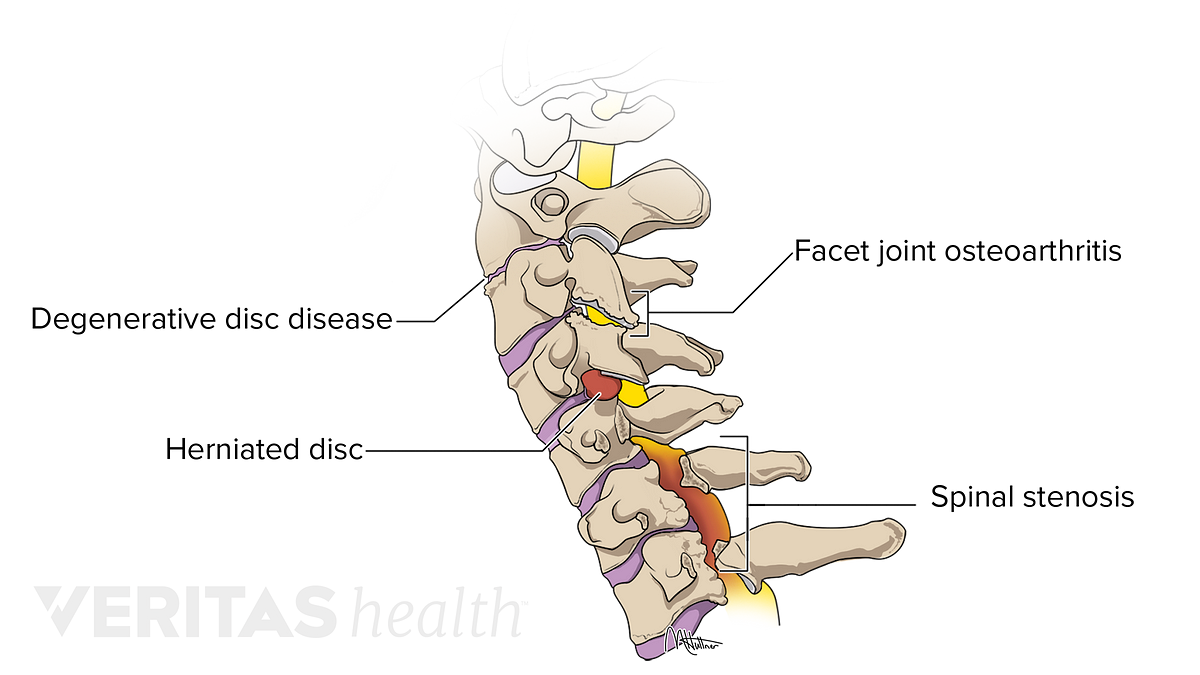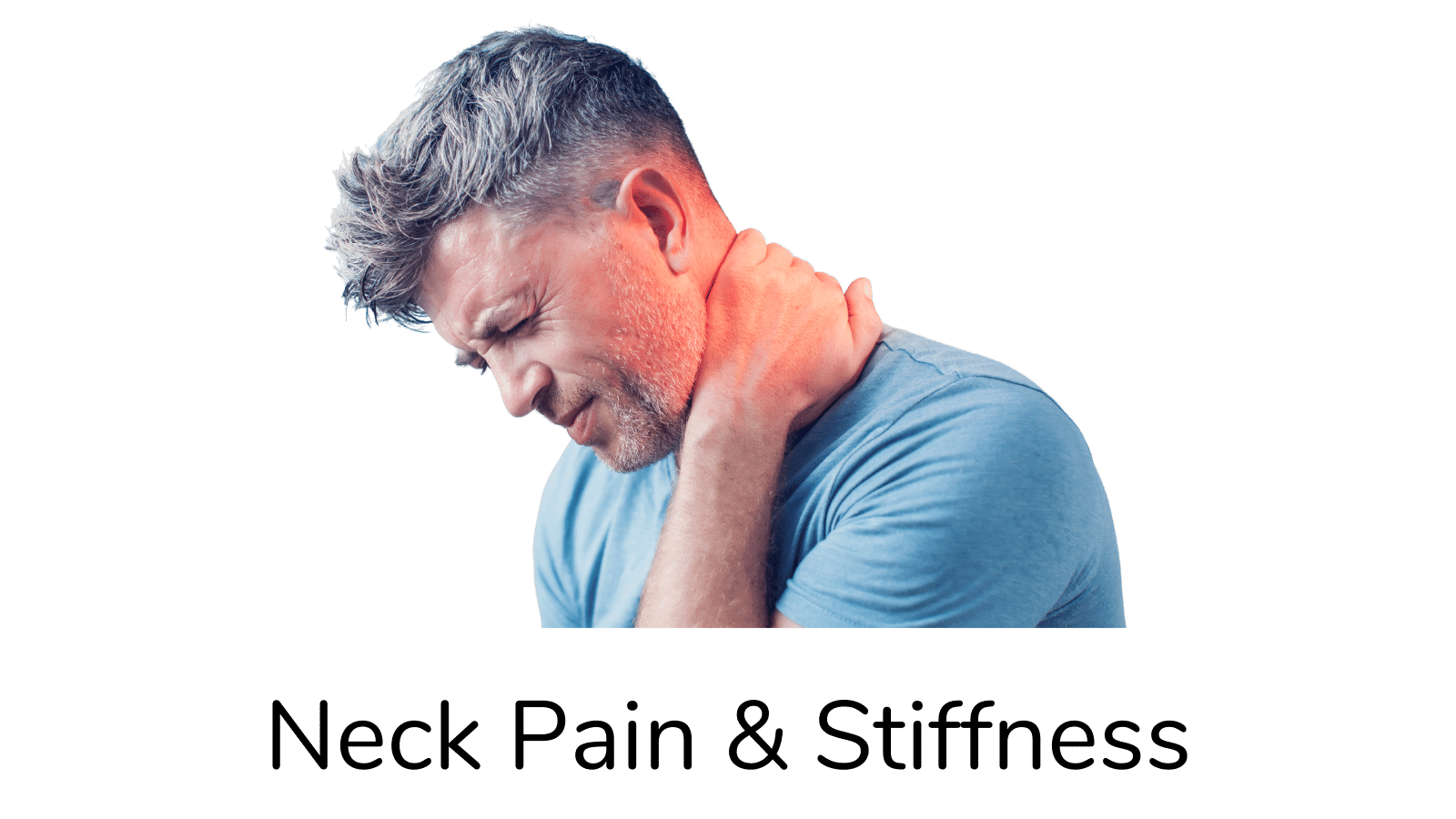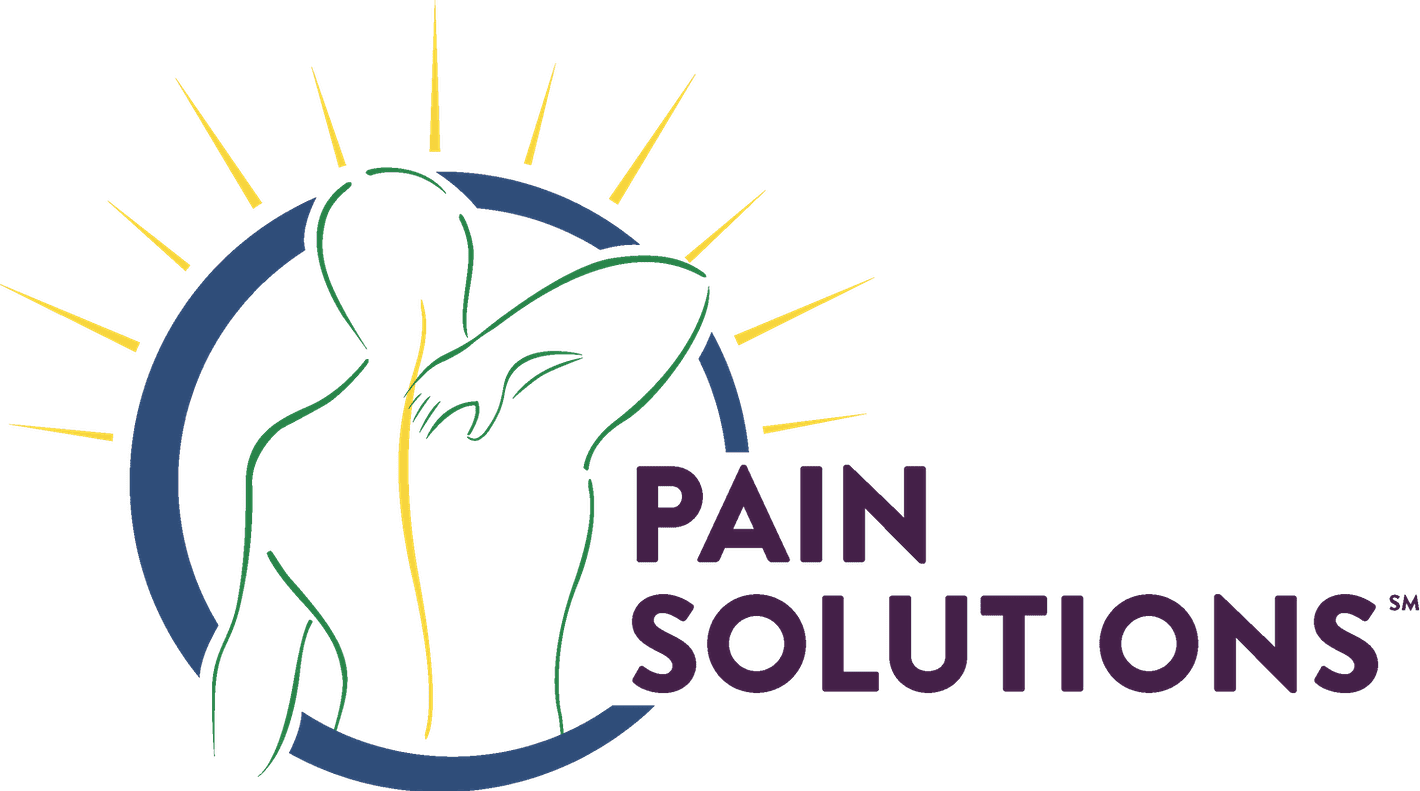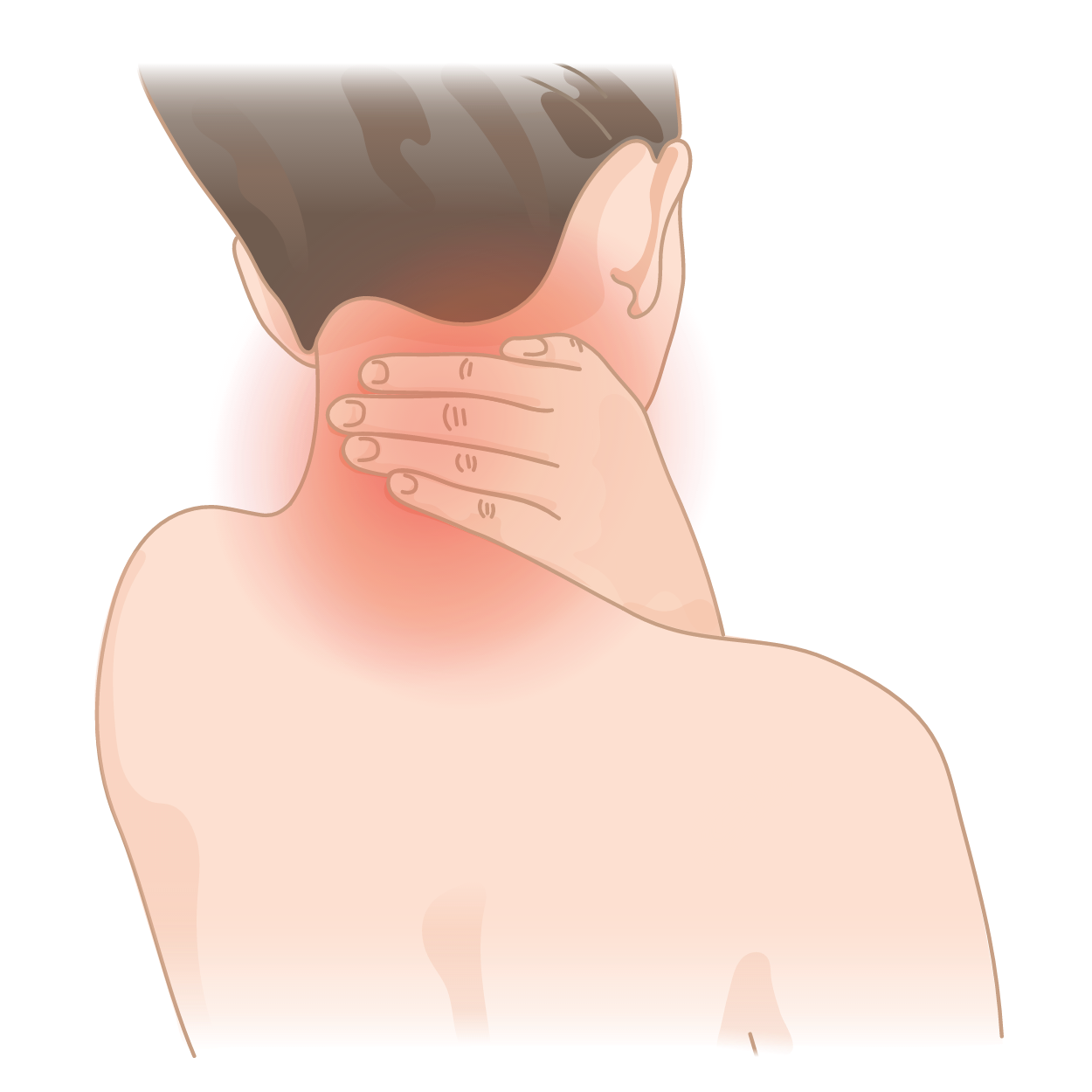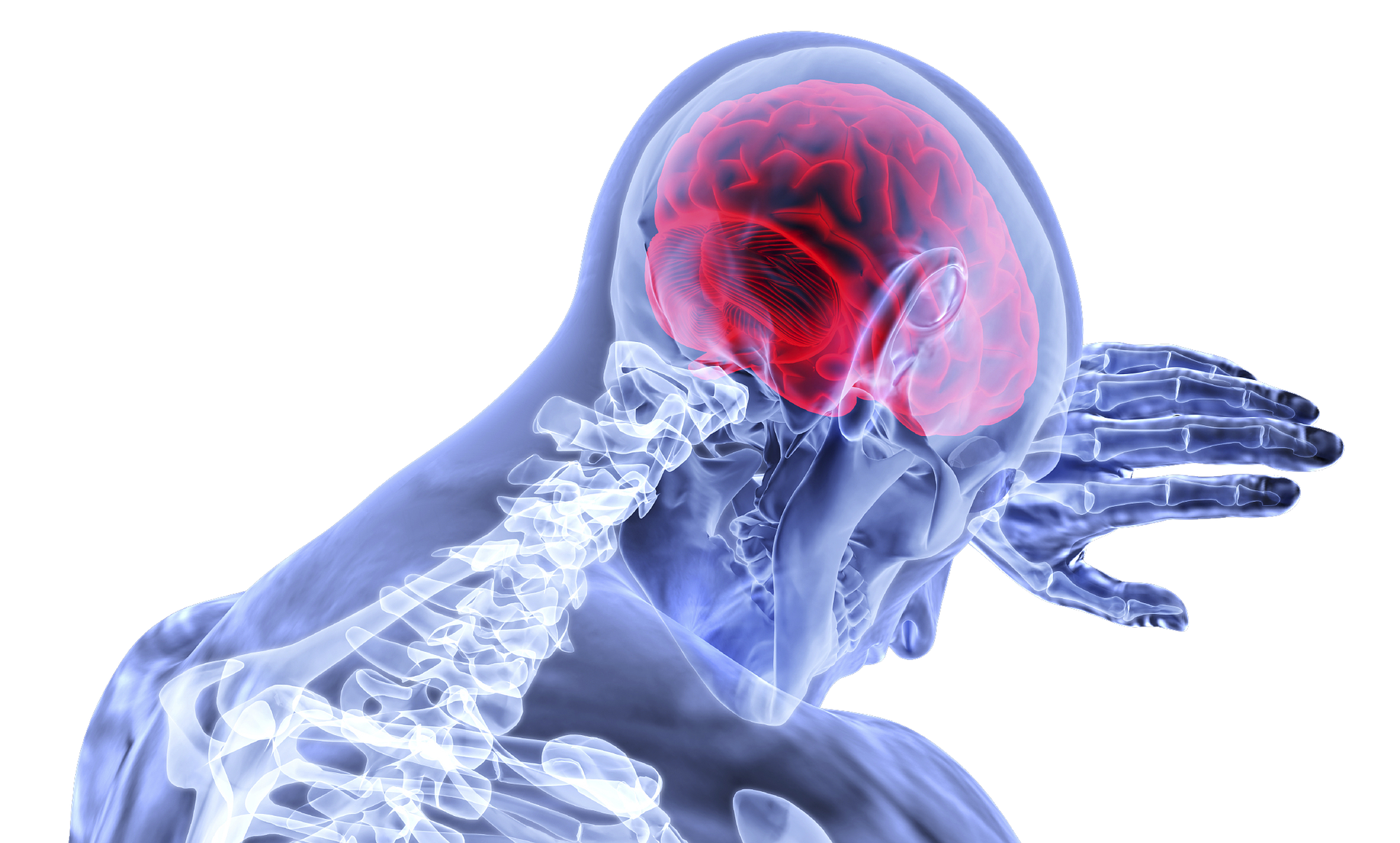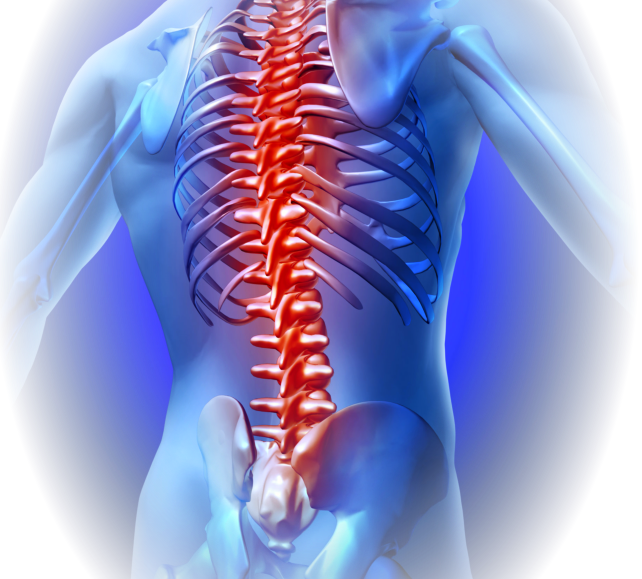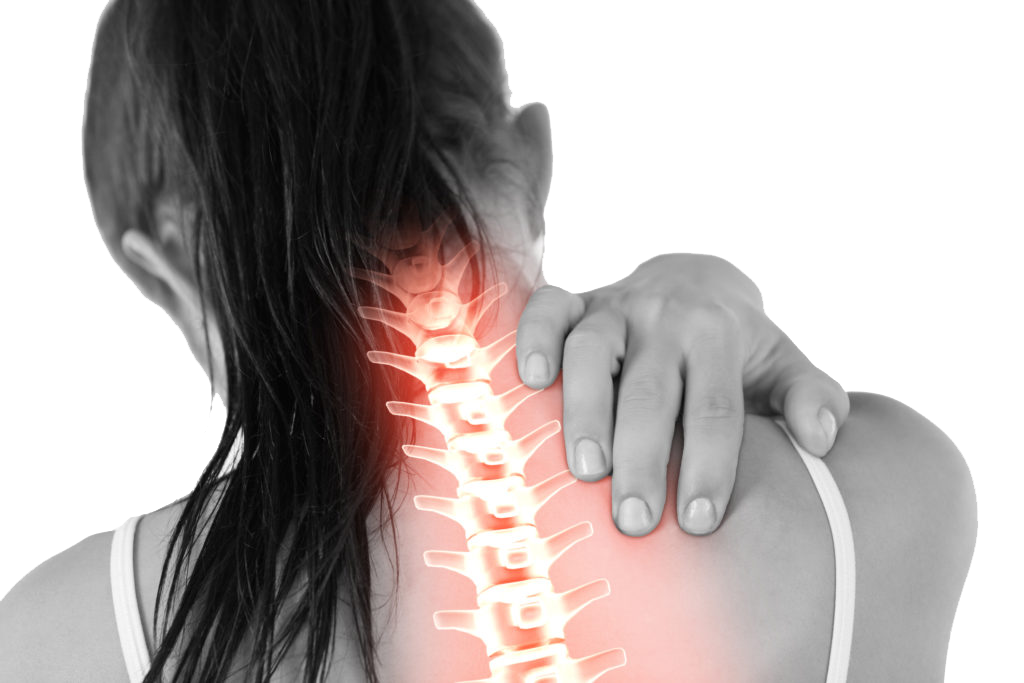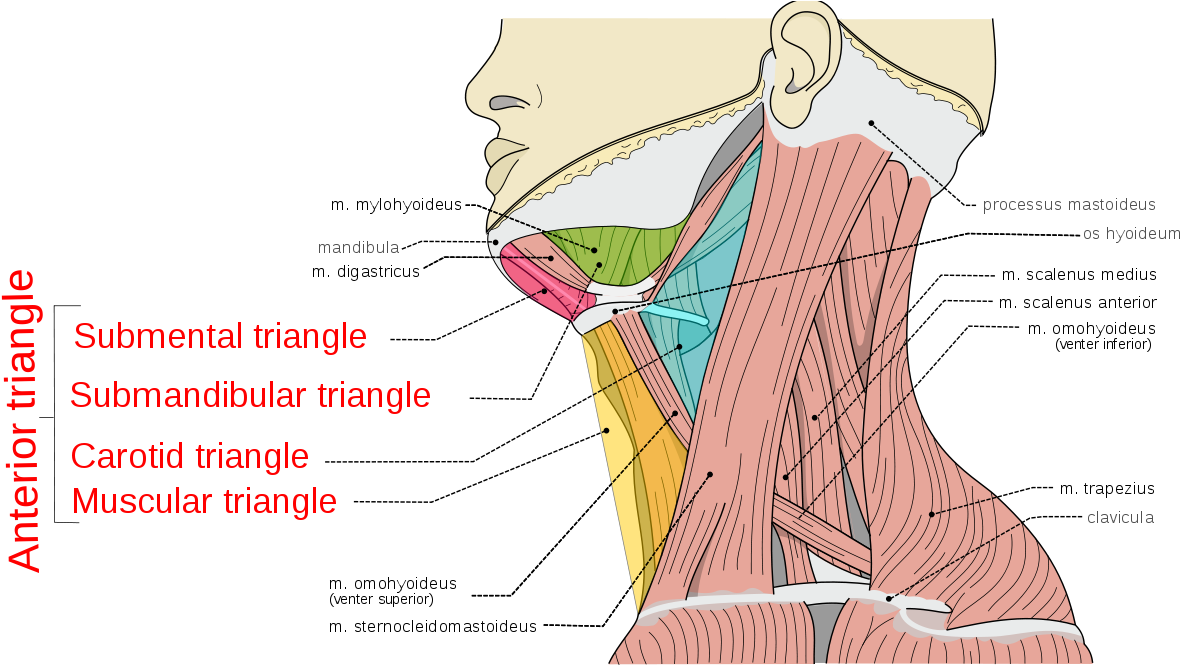Download top and best high-quality free Neck Pain PNG Transparent Images backgrounds available in various sizes. To view the full PNG size resolution click on any of the below image thumbnail.
License Info: Creative Commons 4.0 BY-NC
Cervicalgia, or neck pain, is a widespread condition, with two-thirds of the population experiencing it at some point in their lives.
Although neck pain is felt in the neck, it can be caused by various spinal issues. Neck discomfort can be caused by muscle tension in the neck and upper back and pinching of nerves exiting the cervical vertebrae. Joint disruption in the neck, as well as joint disruption in the upper back, causes discomfort.
The lower neck and upper back support the head, and it is these regions often cause neck discomfort. The top three joints in the neck are where the neck and head move the most. The lower neck joints and those in the upper back provide a stable foundation for the head to rest on. When this support system is compromised, the muscles in the region tense, resulting in neck discomfort.
As of 2010, around 5% of the world’s population suffers from neck discomfort.
Neck pain can originate in any of the structures in the neck, including the vascular, neural, airway, digestive, and musculature/skeletal systems, or it can be referred from elsewhere in the body.
The following are some of the most common and severe causes of neck discomfort (in order of severity):
- Dissection of the carotid artery
- Acute coronary syndrome-related pain
- Cancer of the head and neck
- Retropharyngeal abscess, epiglottitis, and other infections
- Protruding or bulging discs, or severe prolapse, are signs of spinal disc herniation.
- Spondylosis, osteophytes, and degenerative arthritis
- A narrowing of the spinal canal is known as spinal stenosis.
- The following are some of the more common and minor causes of neck pain:
- Physical and mental stress are both sources of stress.
- Long-term postures — many individuals fall asleep in chairs and sofas and wake up with stiff necks.
- Car accidents, athletic activities, and small injuries daily are all examples of minor injuries and falls.
Although there are various causes, the most may be readily resolved with either expert assistance or self-help tips and approaches.
Poor sleeping posture, torticollis, head injury, rheumatoid arthritis, Carotidynia, congenital cervical rib, mononucleosis, rubella, certain cancers, ankylosing spondylitis, cervical spine fracture, esophageal trauma, subarachnoid hemorrhage, lymphadenitis, thyroid trauma, and tracheal trauma are some of the other possible causes.
Neck discomfort is treated differently depending on the reason. Neck discomfort may be managed conservatively for the great majority of people. Applying heat or cold to relieve discomfort is one of the recommendations. Medication, body mechanics training, ergonomic reform, and physical therapy are all typical therapies. Patient education may be used as part of the treatment, although there is no proof that it is functional.
Pain is usually treated with analgesics like acetaminophen or NSAIDs. However, according to a 2017 analysis, paracetamol is ineffective, and NSAIDs are only marginally beneficial.
Muscle relaxants may be prescribed as well. However, one research found that cyclobenzaprine, a muscle relaxant, was ineffective in treating acute cervical strain (as opposed to neck pain from other etiologies or chronic neck pain).
Download Neck Pain PNG images transparent gallery.
- Neck Pain PNG Photo
Resolution: 780 × 690
Size: 125 KB
Image Format: .png
Download
- Neck Pain PNG Cutout
Resolution: 800 × 400
Size: 159 KB
Image Format: .png
Download
- Neck Pain PNG Images
Resolution: 800 × 533
Size: 144 KB
Image Format: .png
Download
- Neck Pain PNG Photos
Resolution: 1011 × 678
Size: 416 KB
Image Format: .png
Download
- Neck Pain PNG Clipart
Resolution: 1000 × 1000
Size: 63 KB
Image Format: .png
Download
- Neck Pain PNG Picture
Resolution: 1144 × 1847
Size: 1880 KB
Image Format: .png
Download
- Neck Pain Vector
Resolution: 820 × 588
Size: 329 KB
Image Format: .png
Download
- Neck Pain Vector PNG
Resolution: 825 × 1920
Size: 60 KB
Image Format: .png
Download
- Neck Pain Vector PNG Pic
Resolution: 1260 × 1251
Size: 113 KB
Image Format: .png
Download
- Neck Pain PNG HD Image
Resolution: 710 × 487
Size: 40 KB
Image Format: .png
Download
- Neck Pain PNG Image HD
Resolution: 1024 × 709
Size: 467 KB
Image Format: .png
Download
- Neck Pain No Background
Resolution: 664 × 690
Size: 131 KB
Image Format: .png
Download
- Neck Pain PNG Free Image
Resolution: 712 × 790
Size: 100 KB
Image Format: .png
Download
- Neck Pain PNG Image File
Resolution: 773 × 700
Size: 560 KB
Image Format: .png
Download
- Neck Pain Background PNG
Resolution: 1000 × 667
Size: 389 KB
Image Format: .png
Download
- Neck Pain Vector PNG File
Resolution: 1133 × 1920
Size: 106 KB
Image Format: .png
Download
- Neck Pain Vector PNG Image
Resolution: 950 × 1280
Size: 238 KB
Image Format: .png
Download
- Neck Pain PNG Background
Resolution: 978 × 836
Size: 510 KB
Image Format: .png
Download
- Neck Pain PNG HD Quality
Resolution: 800 × 613
Size: 756 KB
Image Format: .png
Download
- Neck Pain PNG Photo Image
Resolution: 860 × 750
Size: 194 KB
Image Format: .png
Download
- Neck Pain Transparent PNG
Resolution: 688 × 819
Size: 151 KB
Image Format: .png
Download
- Neck Pain PNG Free Download
Resolution: 1000 × 1000
Size: 451 KB
Image Format: .png
Download
- Neck Pain Download Free PNG
Resolution: 800 × 800
Size: 386 KB
Image Format: .png
Download
- Neck Pain PNG HD Background
Resolution: 2400 × 1000
Size: 712 KB
Image Format: .png
Download
- Neck Pain Transparent Image
Resolution: 834 × 800
Size: 186 KB
Image Format: .png
Download
- Neck Pain Vector PNG Photo
Resolution: 1200 × 1200
Size: 14 KB
Image Format: .png
Download
- Neck Pain Vector PNG Cutout
Resolution: 1041 × 1965
Size: 50 KB
Image Format: .png
Download
- Neck Pain PNG Download Image
Resolution: 1200 × 675
Size: 297 KB
Image Format: .png
Download
- Neck Pain PNG Pic Background
Resolution: 1600 × 900
Size: 197 KB
Image Format: .png
Download
- Neck Pain Transparent Images
Resolution: 1420 × 791
Size: 39 KB
Image Format: .png
Download
- Neck Pain Vector PNG Images
Resolution: 1250 × 1250
Size: 245 KB
Image Format: .png
Download
- Neck Pain
Resolution: 1200 × 1800
Size: 1905 KB
Image Format: .png
Download
- Neck Pain Transparent
Resolution: 1920 × 1156
Size: 1847 KB
Image Format: .png
Download
- Neck Pain PNG Images HD
Resolution: 937 × 527
Size: 676 KB
Image Format: .png
Download
- Neck Pain Transparent File
Resolution: 1154 × 1007
Size: 1230 KB
Image Format: .png
Download
- Neck Pain Background PNG Image
Resolution: 958 × 779
Size: 537 KB
Image Format: .png
Download
- Neck Pain Transparent Free PNG
Resolution: 642 × 579
Size: 558 KB
Image Format: .png
Download
- Neck Pain PNG
Resolution: 1024 × 683
Size: 421 KB
Image Format: .png
Download
- Neck Pain PNG Pic
Resolution: 653 × 504
Size: 280 KB
Image Format: .png
Download
- Neck Pain PNG File
Resolution: 932 × 621
Size: 256 KB
Image Format: .png
Download
- Neck Pain PNG Image
Resolution: 1180 × 666
Size: 215 KB
Image Format: .png
Download
